Shoppable Ads are helping e-commerce advertisers to create a frictionless, streamlined journey from the point of viewing an ad right through to purchasing the product.
Digital advertising and e-commerce fit together like hand in glove, working jointly in a mutually beneficial way that has helped both to grow at rapid rates over the past decade.
From an advertising effectiveness and efficiency perspective, it is a match made in heaven, helping to both shorten and streamline the e-commerce purchase journey.
It can be easy to forget the fact that people viewing ads and purchasing products on the same device is a recent phenomenon brought about by the digital age. People can now learn about, research, and purchase products all on a single device whether it be a smartphone, laptop, or tablet.
It used to be that consumers would become aware of a product by seeing it on a billboard, in a magazine, or on a television commercial. If they wanted to purchase this product, they would then have to hope that it was available in their area and then go to a physical store in order to buy it. Now products can be purchased literally within minutes of first seeing it online, it only takes a couple of clicks.
Types of Shoppable Ads
1. Facebook & Instagram Collection Ads
Reimagining the purchase funnel with Shoppable Ads
Digital channels are now developing ways of streamlining the purchase journey even further, removing as much friction as possible between seeing an ad online and buying the product that it features. This has given rise to Shoppable Ads — ad formats specifically designed to capture and convert online shoppers.
“Shoppable ads collapse the funnel in a way we’ve never seen before. Upper funnel ads are now simultaneously direct response ads — they’re one and the same.” - Venture BeatThese formats are equipping e-commerce brands with the tools they need to reach and convert more customers, providing them with a digital storefront integrated within some of the biggest online platforms. This article explores the rise of Shoppable Ad formats, and how they are functioning across some of the biggest digital channels.
1. Facebook & Instagram Collection Ads

Collection Ads on Facebook and Instagram strive to fast-track the discovery-to-checkout process by covering both bases within the same ad format. Collections appear In-Feed and consist of a featured cover video or image, followed by four secondary product images.
The primary cover asset serves to capture attention and draw it towards the products on offer. Once the user clicks the Collection Ad they are quickly transported into a full-screen Instant Storefront where they can explore even more related products, see their prices, and click through to their respective purchasing pages.
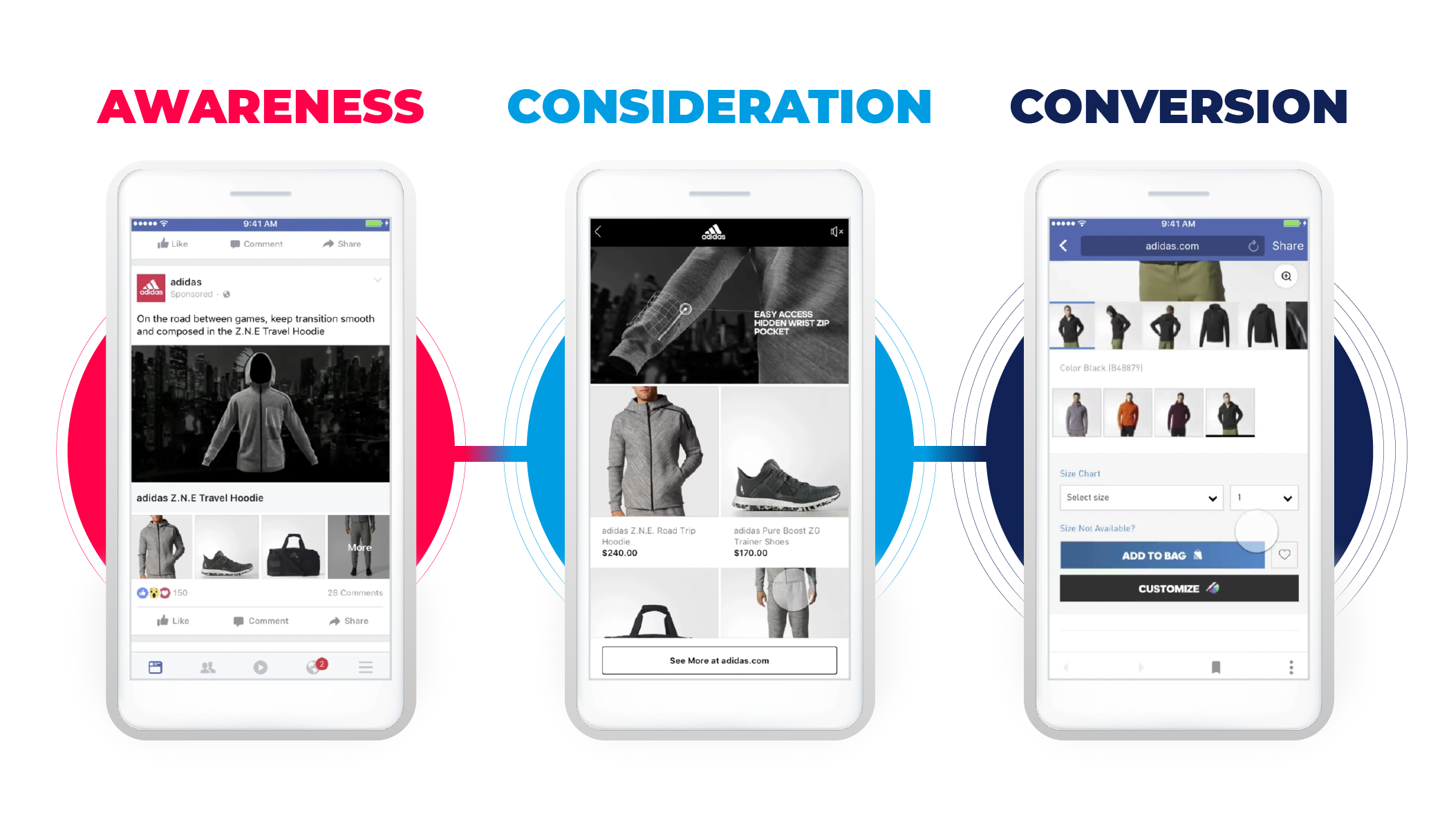
As you can see, within a single ad format, Collection Ads enable brands to move prospects through the purchase funnel with a simplified, mapped out journey.
2. Pinterest Collections Ads
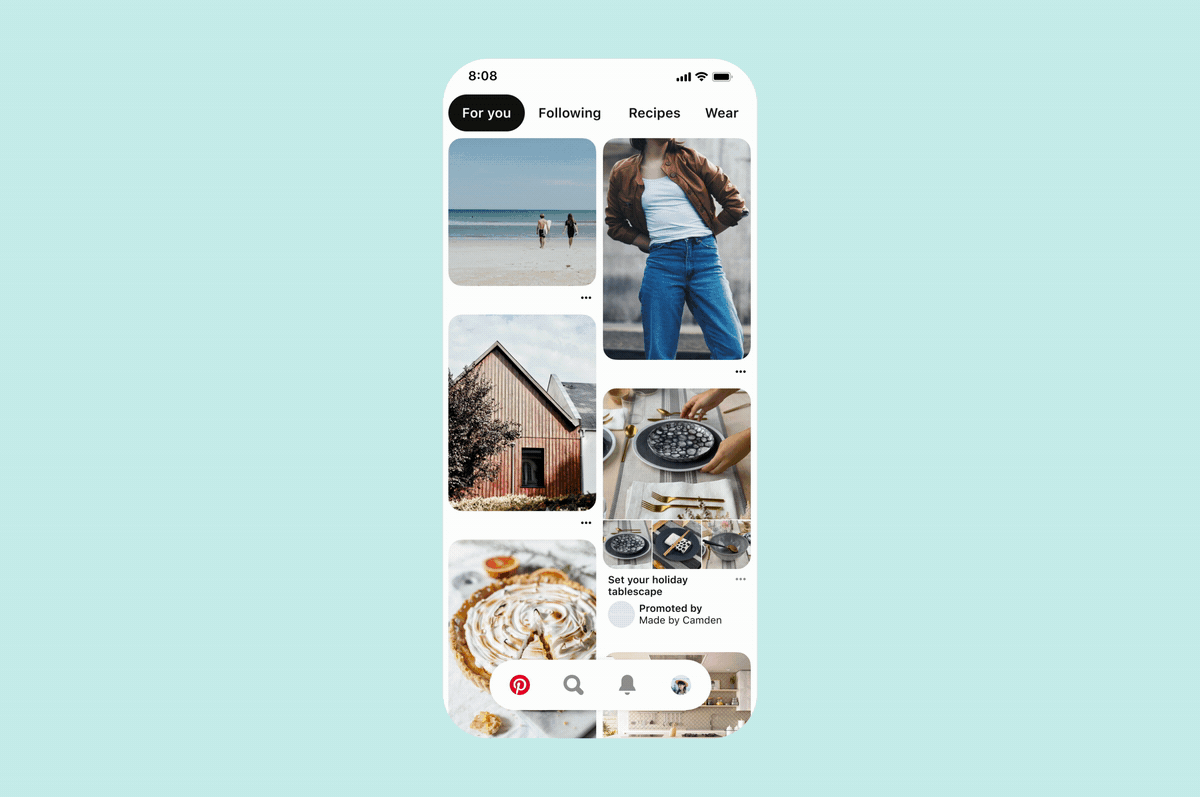
Source: Pinterest
Pinterest also offers a Collection Ad format, giving e-commerce brands the ability to display a range of their products within the inspiration-sharing platform.
Pinterest Collections Ads begin with a hero asset, either an image or a video that appears within a Pinner’s feed. Once clicked, the hero asset is enlarged with the collection of up to 25 related product images appearing underneath, each linking out to purchasing pages.
For e-commerce brands, this acts as a mini store-front where they can group related products into collections, all within the Pinterest app.
3. Instagram Shopping Ads
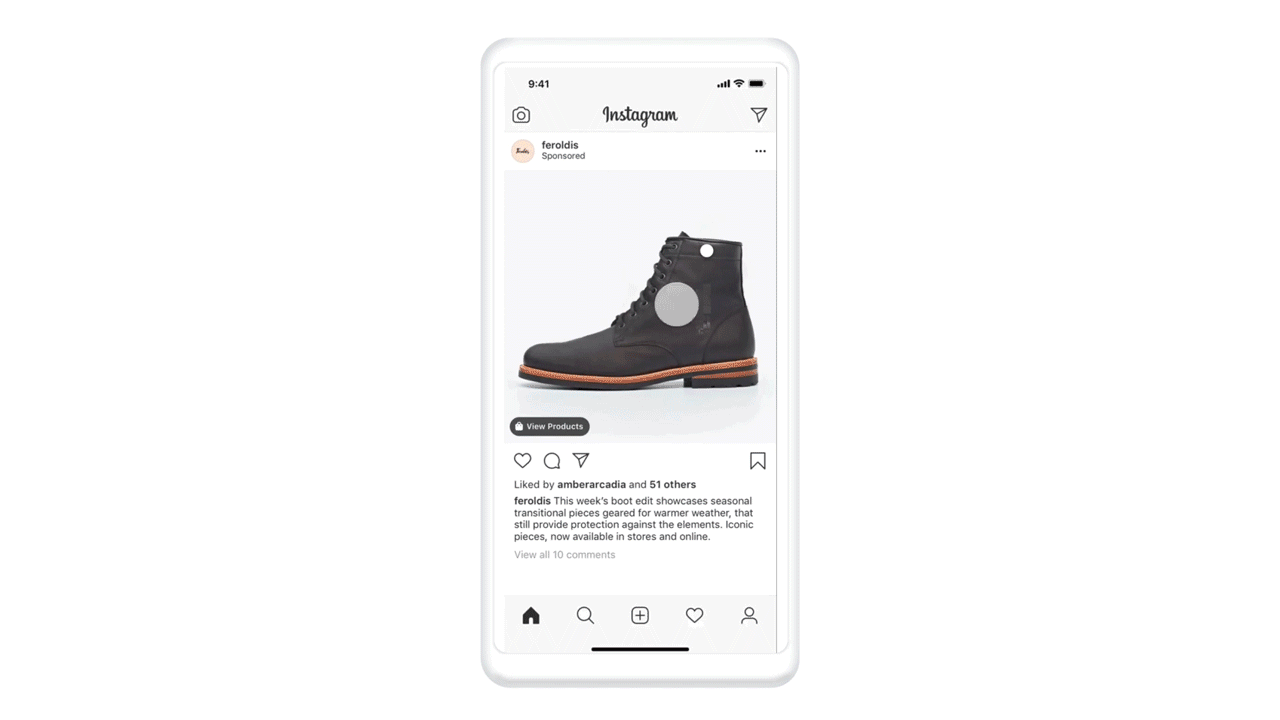
Instagram Shopping Ads enables brands to add a shopping tag, which allows users to easily learn more about the products featured in sponsored posts. Appearing in both In-Feed and in Instagram’s 'Explore' section, Shopping Ads can currently feature a single image, or multiple images to form a carousel, with video functionality on the horizon.
Brands that have Instagram Checkout can enable it on their Shopping Ads, allowing users to purchase the promoted product without having to leave the app.
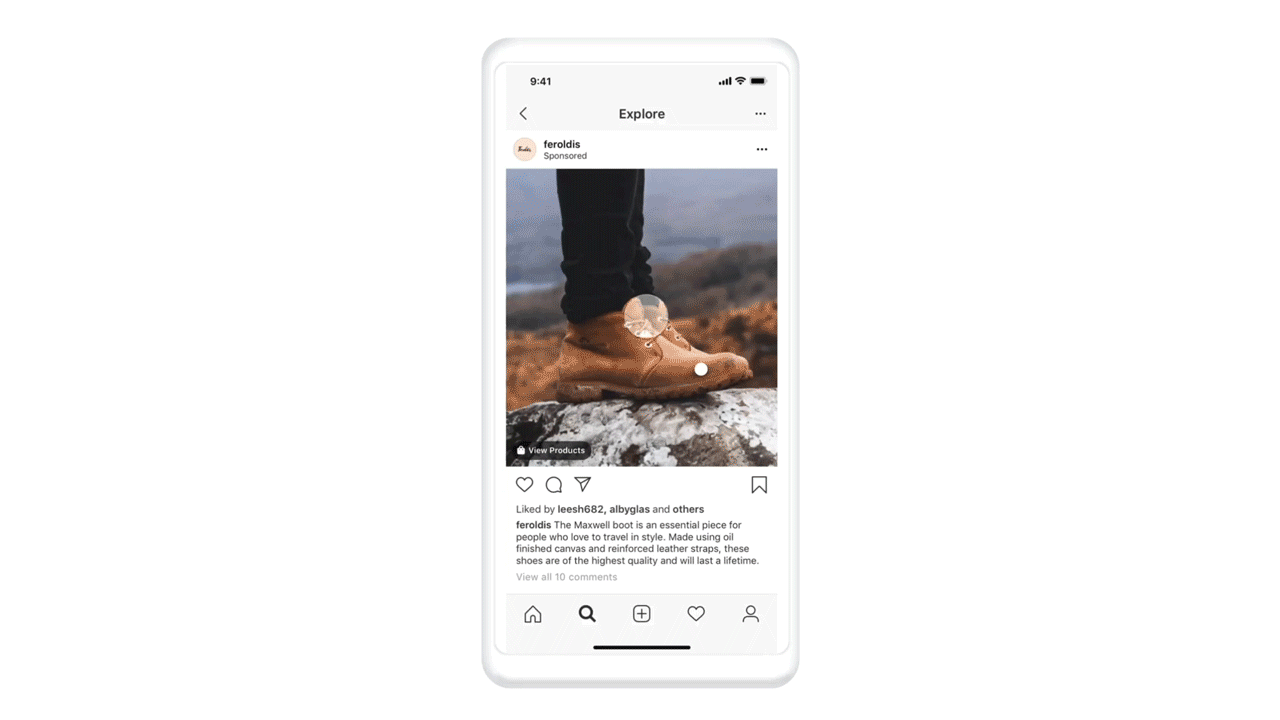
This ability to purchase directly within Instagram presents a truly seamless experience, making it extremely easy for a prospect to convert.
4. TrueView For Shopping Ads
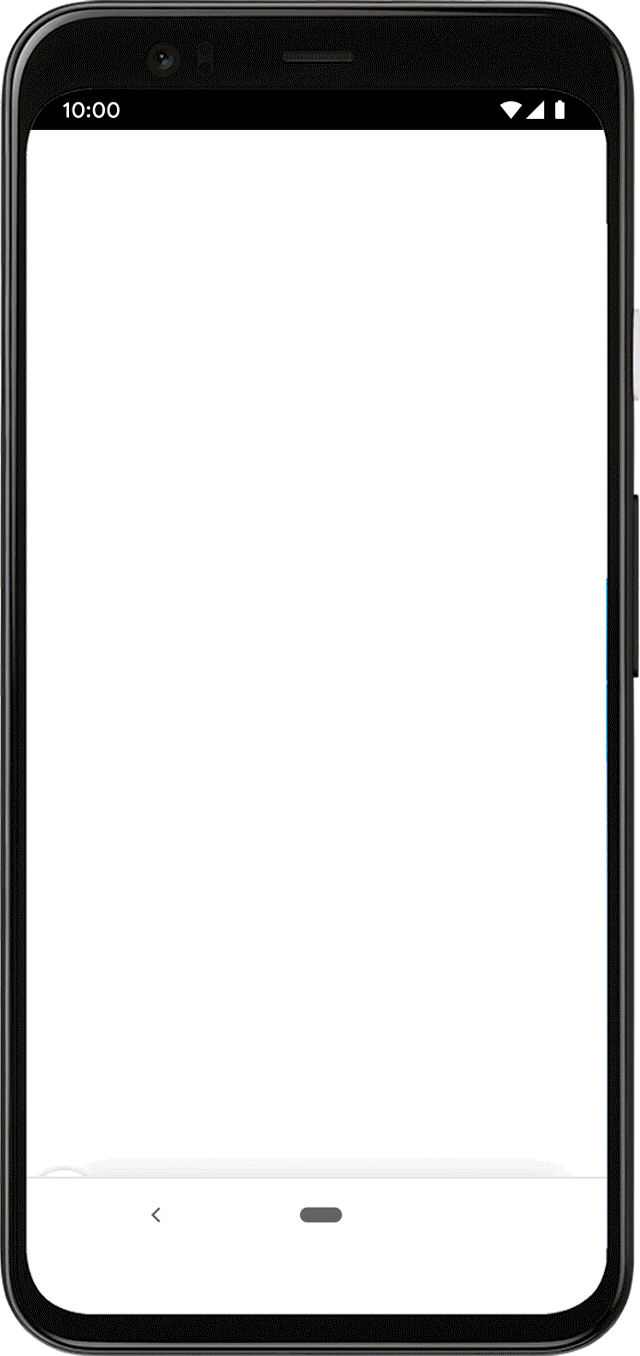
Source: Google
YouTube’s TrueView For Shopping format adds a shoppable experience to video ads. Brands can connect their Google Merchant Center feed with their video ad, creating an expandable CTA featuring a range of hyperlinked products underneath the main video ad.
This format functions in a similar way to both Facebook and Pinterest collection ads. The store-front of product images builds upon the awareness and consideration stages achieved through the main video creative and provides it with a strong actionable element, helping brands to better convert leads by driving them towards related product pages.
5. Shoppable TV Ads
It’s not only social platforms getting in on the Shoppable action. TV is now adopting Shoppable elements to help drive e-commerce purchases. These elements have been designed to help TV services provide brands with a direct response-focused ad unit that can drive immediate action.
In late 2019, NBCUniversal began rolling out Shoppable TV ads, using QR codes to allow viewers to scan and purchase products featured on the show that they are watching, directly from their phone. This has now been taken even further with the announcement of NBCUniversal Checkout which allows for a “native shopping experience embedded in content”.
Hulu has also developed an action-oriented TV ad format called GatewayGo, which combines scannable QR codes with an option to receive an offer, or simply learn more about a brand via email or a push notification sent to the viewer’s phone.
Source: Hulu
Obviously the fact that consumers need to utilize their smartphones to take action with these formats means that they aren’t quite providing the fully seamless experience that is seen with formats such as Instagram’s Shopping Ads.
However, the functionality that is now on offer with Streaming TV and interactive elements such as QR codes, could usher in a new era of TV advertising that is less passive for audiences, and instead enables them to interact and take action with what is playing out on screen.
Summary
Each of the ad formats discussed in this article are trying to solve the same problem: how do we bring the experience of watching an ad and purchasing the featured product closer together. They aim to avoid the dead end that is often experienced at the conclusion of an ad, where viewers have no actionable next steps that they can take in order to immediately make a purchase.
Gone are the days of requiring specific ad channels for specific stages in the purchase funnel. Shoppable Ads allow advertisers to take consumers from awareness right through to purchase, all within a single ad format.











.png?width=159&height=159&name=Group%201000001080%20(1).png)

